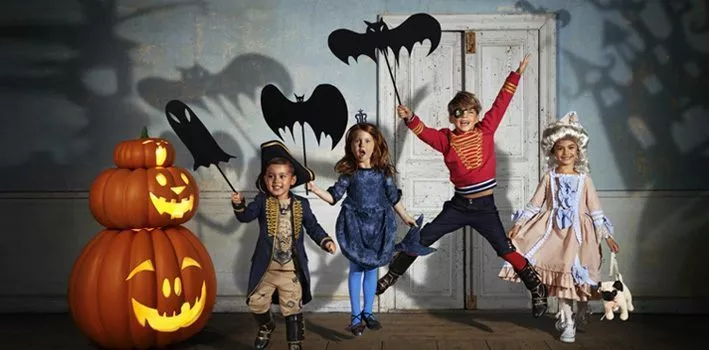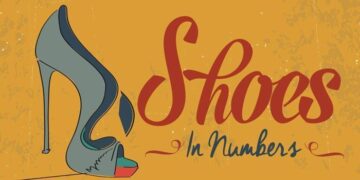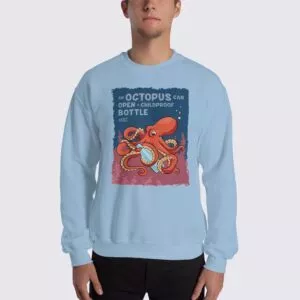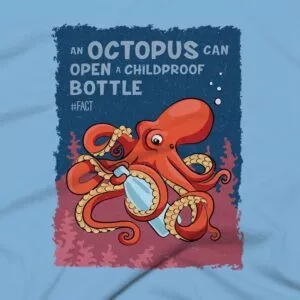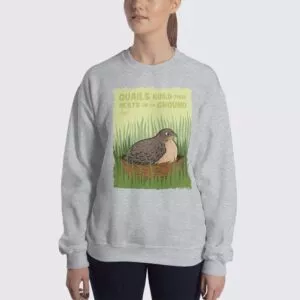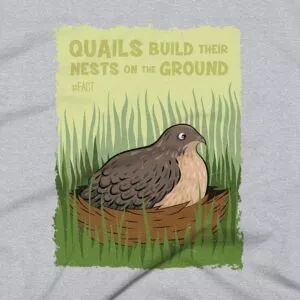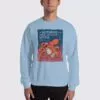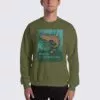Although Halloween dates back around 2,000 years, the costumes which we are now so familiar with have only existed for the past 100 years or so.
At the end of October, children of all ages dress as vampires, witches, and devils, while adults all over the world join the party with a huge array of fancy dress costumes.
We don’t know exactly where Halloween costumes came from, but there are some interesting theories that may explain why we go out in fancy dress each year.
Where did Halloween Costumes Originate?
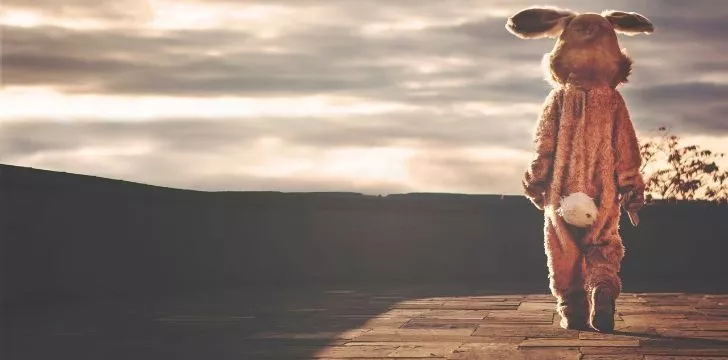
Understanding where Halloween costumes came from is a lot easier if you have some knowledge of where Halloween itself originated.
The Celts, who lived around 2,000 years ago in Ireland and England, used to mark the end of summertime and the harvest with a festival known as Samhain (translated to mean “summer’s end”).
This would take place on October 31st since November 1st was the beginning of winter and the season of death for many people.
Since their new year was the first day of November, the Celtic people thought that the dead and the living merged together the night before.
They also believed they could predict the future more accurately since spirits and ghosts were nearby.
What Happened During Samhain?
During this important event, the Celts hosted large celebrations and made animal sacrifices.
They would wear various costumes, most commonly made by themselves from animal skin and heads.
Some historians have noted that the Celts may have worn costumes to hide their faces and appearances.
They did this not necessarily to become anonymous but in order to change their appearances for easier communication with spirits and the dead during Samhain.
By taking on the appearance of an animal rather than a human, they believed they could communicate with spirits from different worlds.
It was thought that the power of the animal could be transferred onto the wearer of the costume for the Samhain festival, and could even ward off any evil spirits that might try to disturb the night.
Other sources suggest that people dressed up during the Samhain festival so that they could ask for food or money without being recognized by anybody.
Other Possibilities…
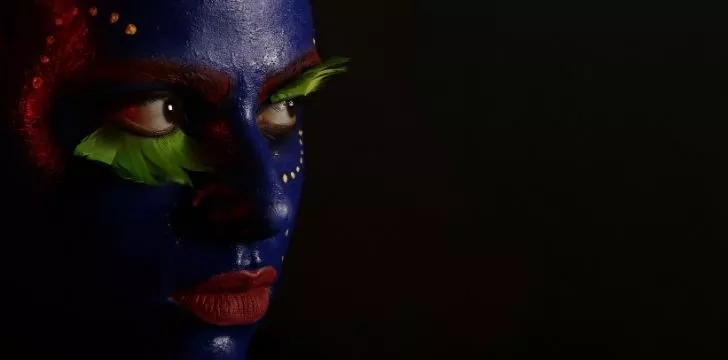
However, that isn’t the only possible explanation of where Halloween costumes came from.
During medieval times, the Catholic Church displayed relics of the holy saints on All Saints’ Day, a holiday that took place on November 1st.
While the wealthy churches could afford to take part, the poor churches had to improvise in order to participate.
Instead of erecting the relics, the parishioners would dress in costume as the saints.
Other people would dress as devils and angels and they would form a procession through the church grounds the night before All Saints’ Day.
Halloween Costume Development
In the 15th Century and later on, children would visit houses singing songs or reciting poetry in a bid to get fruit, cakes, and money from housewives.
During the celebrations, the Celts would sometimes perform in plays, which of course would require costumes.
It wasn’t until the mid-1800s that America became aware of Halloween.
With the rise of Irish and English immigrants, new traditions and festivals were brought over to the USA.
It didn’t take long before Americans were following the Celtic traditions of dressing up and celebrating at the end of October.
They would walk around their neighborhoods asking for money or food – it wasn’t called trick-or-treating until much later, however.
The beginning of the 19th Century saw Halloween becoming very popular with children in North America, even though Protestants were not happy with the popularization of the pagan festival.
By the time Halloween made it to the 20th Century, it was being celebrated in America, Canada, and much of Europe.
Entrepreneurs in the 1930s began to cash in on this popular holiday, which was becoming more popular in America than it was in the UK.
The most popular types of costumes were mass-produced and sold in hundreds to adults and children alike.
Modern Halloween
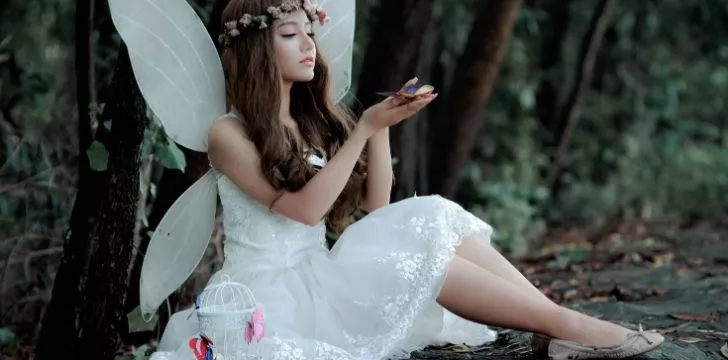
Now the total spending on adult Halloween costumes each year in America is a staggering $1.5 billion.
Children’s costumes bring in almost as much revenue, with a total of approximately $1.2 billion.
While there are a huge variety of costumes in the modern-day, the most popular is still the traditional costumes related to the Halloween festival of Samhain.
Witches are the most common outfits bought by adults, followed closely by vampires, skeletons, cats, and other animals.
From the 1980s and beyond, TV characters, celebrities, and famous singers are among the costumes worn on Halloween.
Nowadays, it is common practice to wear any kind of costume for Halloween celebrations, and thousands of people dress as characters or objects which are in no way related to the traditions Samhain festival.
